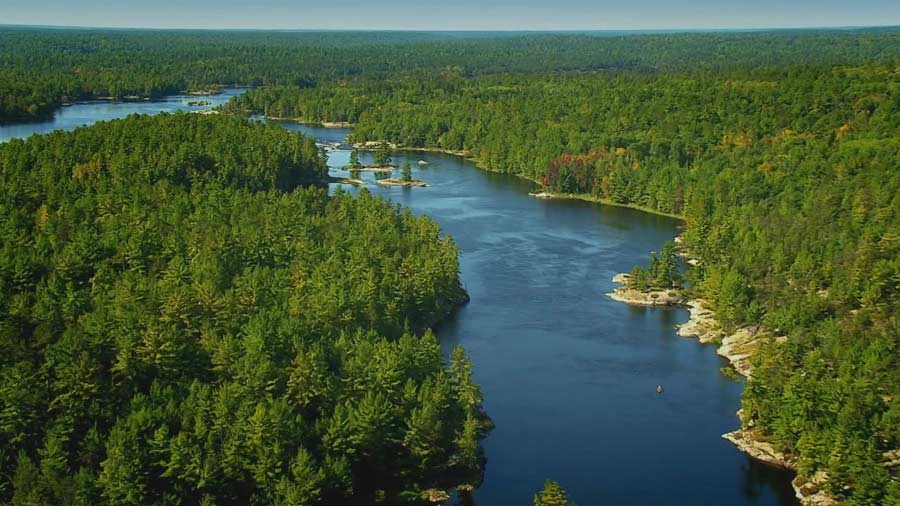Northern Wilderness episode 1 – The Forgotten Forest : Ray Mears goes on an epic adventure into Canada’s unforgiving, yet stunning wilderness. His journey begins in the vast Boreal Forest at the heart of Canada. This is a place where knowledge and experience are still far more important than the equipment you carry, a place left alone for centuries before Europeans arrived.
Ray explores the wonder of this special forest, learns about the people who called it home and unlocks the secrets of this forgotten world. This is a land where knowledge of bushcraft is not just desirable, it is essential.
Northern Wilderness episode 1 – The Forgotten Forest
Canada’s Boreal forest comprises about one third of the circumpolar boreal forest that rings the Northern Hemisphere, mostly north of the 50th parallel. Other countries with boreal forest, include Russia, which contains the majority, the United States in its northern most state of Alaska, and the Scandinavian or Northern European countries (e.g. Sweden, Finland, Norway and small regions of Scotland). In Europe, the entire boreal forest is referred to as taiga, not just the northern fringe where it thins out near the tree line.
The boreal region in Canada covers almost 60% of the country’s land area. The Canadian boreal region spans the landscape from the most easterly part of the province of Newfoundland and Labrador to the border between the far northern Yukon and Alaska. The area is dominated by coniferous forests, particularly spruce, interspersed with vast wetlands, mostly bogs and fens. The boreal region of Canada includes eight ecozones. While the biodiversity of regions varies, each ecozone has a characteristic native flora and fauna.
The boreal forest zone consists of closed-crown conifer forests with a conspicuous deciduous element (Ritchie 1987). The proportions of the dominant conifers (white and black spruces, jack pine (Pinus banksiana Lamb.), tamarack, and balsam fir) vary greatly in response to interactions among climate, topography, soil, fire, pests, and perhaps other factors.
